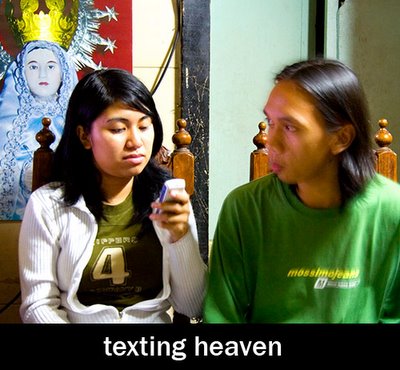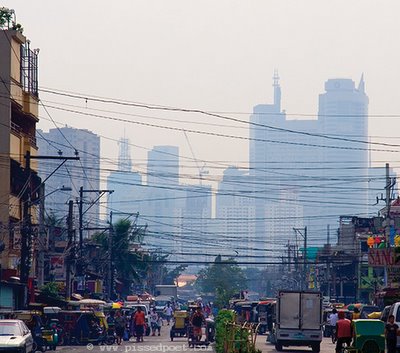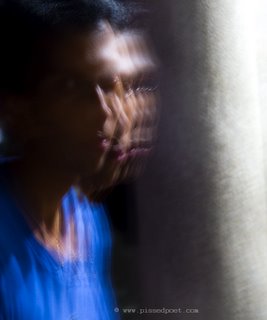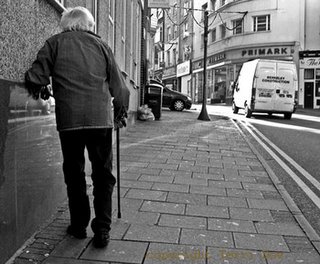
The Melbourne (Australia) daily, The Age, reported Tuesday “A spokesman for Police Minister Tim Holding said there appeared to have been a misunderstanding on the part of the officers because there was no law prohibiting people taking photos in a public place.”
The full story can be seen at geelong snappers on the watchlist.
Two Geelong Photographers, Joe Mortelliti and Hans Kawitzki, received visits from the police after taking photographs of the local oil refinery. As Hans said “In my case I spoke to one of the company guys told him what I was doing and that I was a camera club member etc. He took my car rego number "for security reason" and hour or so later 2 police officers rocked up at our door step, it was about 9.45pm and dark outside when my wife opened the door.
She thought that something must have happen to one of our kid's but it turned out to be about me taking a photo at Shell. It's quite a scary thing to see the police on your door step at night>” The Police informed Hans and his colleague Joe Mortelliti, when they visited him for the same offense, that they shouldn’t be taking photos of industrial sites and they should pass this directive onto their colleagues at the Geelong Camera Club.
Along with their colleagues at the Geelong Camera Club, they took the story to their local paper, The Geelong Advertiser, which ran a full, page 5 story. The story was picked by the metro dailies and by the National broadsheet, The Australian. The Australian’s story can be seen here
Civil Liberties group, Liberties Victoria, entered the fray with president Brian Walters SC saying “Police directives about what could and could not be photographed were an abuse of power and should be ignored.”
As a good pollie Tim Holding started to back peddle the next day in a second story in the Age which can be seen here. The electronic media picked up the story and ran with it for 2 days.
Joe and Hans along with the colleagues at the Geelong Camera Club received on line support for their actions in the forums of Passion for Pixels, the online presence of the Melbourne Camera Club. Photographer’s rights had been a matter of concern within the forums at P4P for some time.
It would seem that photographers do have a friend in the 4th estate, which is understandable. The freedom to photograph, if curtailed, would seriously impinge on their ability to report the news. One hopes that other photography forums would support their members rights if a similar situation were to develop else where.
The final line of this saga must go to the Geelong police. When asked, by the Geelong Camera Club, for a list of industrial installations that are off-limits to their lenses, their request was refused on the grounds that such information was secret





















